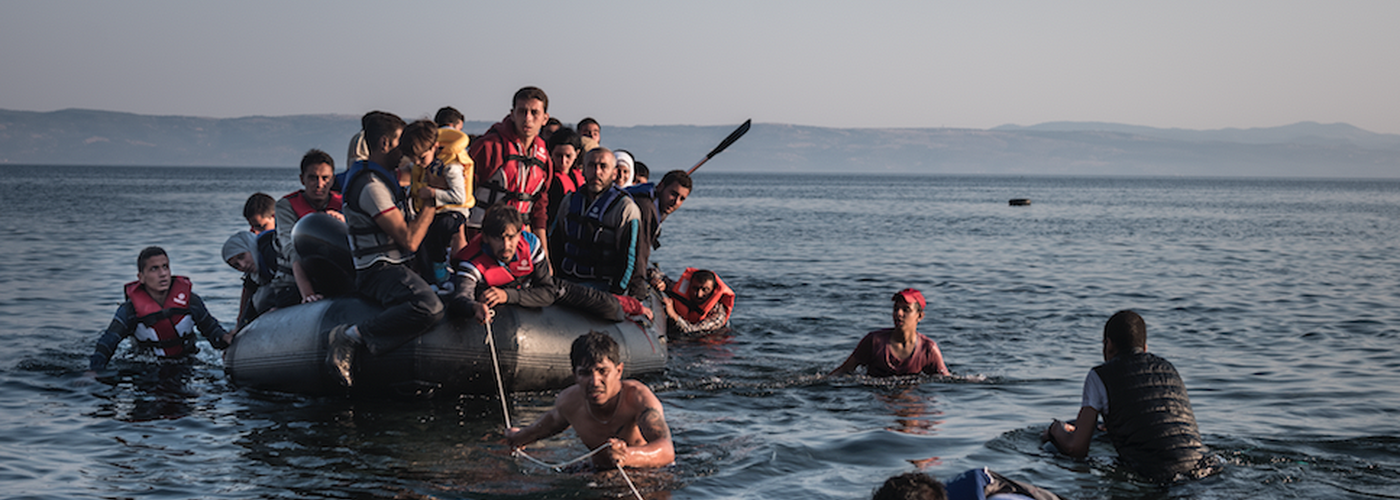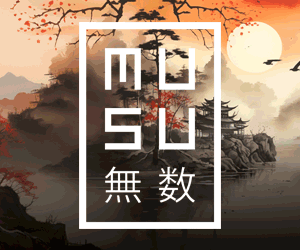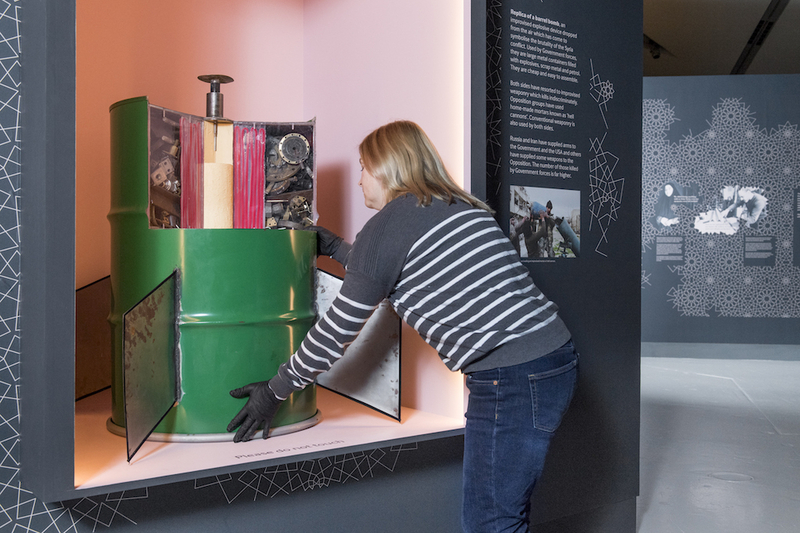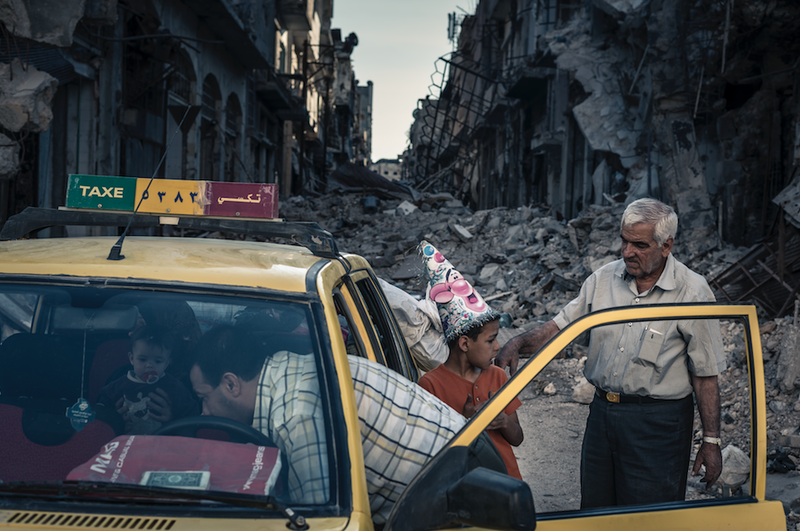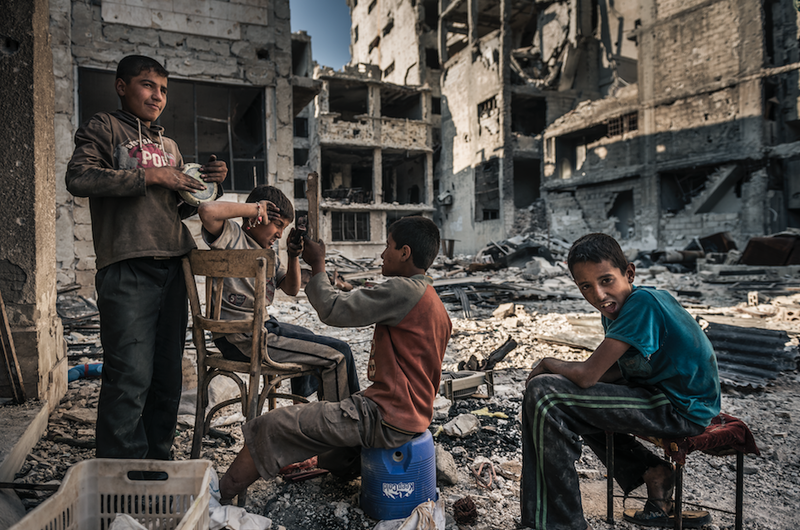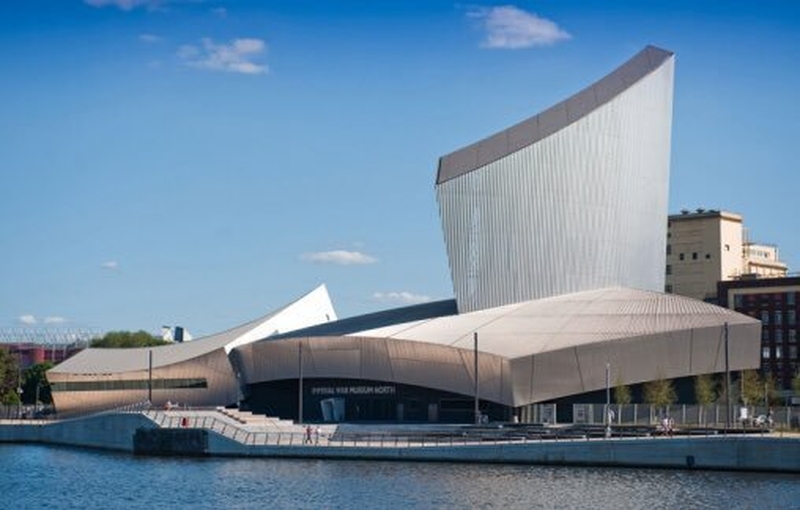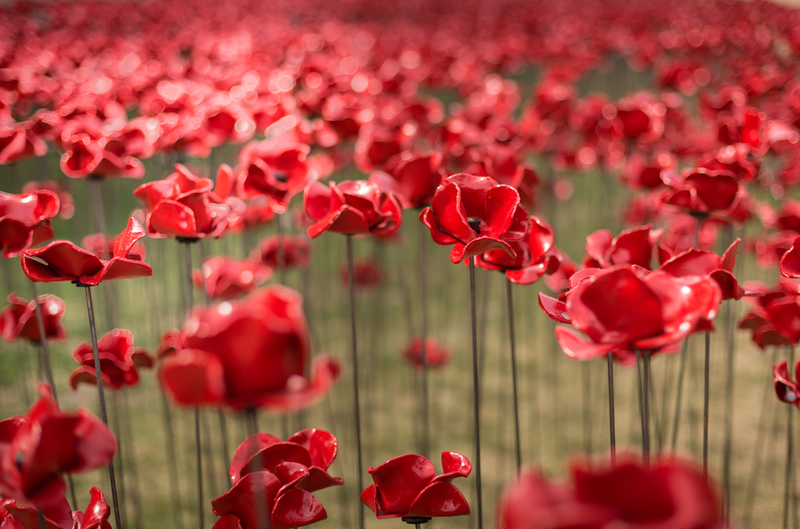On the centenary of WW1’s end, Syria exhibition highlights the endurance of conflict
I lost the first draft of this article: four hours of work, hundreds of words, many notes and a lot of research. Gone.
I’ve still no idea what happened, despite using Word for well over a decade. After several futile recovery attempts, I admitted defeat and attempted to salvage what I could from memory.
It was upsetting, frustrating and stressful… but it could have been worse. I could have lost my beloved book collection, over 1000 tomes, and every paper I ever wrote. Returned, having been forced from my country for three years, to find my shop reduced to a pile of rubble. Fled, in fear of my life, and ended up in an ill-equipped refugee camp with my daughter-in-law due to give birth prematurely and no money to pay for her treatment.
I could have seen my child nearly drown, after her lifejacket deflated on the perilous crossing to Greece. Had debris fall in my open body while being operated on in a hospital under siege, shrapnel embedded in my neck while in labour, my seven-month-old granddaughter shot in the leg.
I could have lost my livelihood, my home, my life.
Instead, I closed my computer and went home feeling a bit disgruntled. War, especially one as brutal as Syria’s, really does put things into perspective.

Part of IWM North's new exhibition Syria: A Conflict Explored, the stories above lend a human perspective to statistics so overwhelming they can be hard to comprehend. Four in five living in poverty, almost half a million dead, 1.9 million injured, 11 million displaced, around 50% of hospitals destroyed, almost half of children out of school, all six UNESCO World Heritage sites damaged or destroyed, half a nation in ruins.
After seven years of war, Syria - once a relatively stable, developed country - is devastated. The repercussions will endure for centuries, and much can never be replaced. President Bashar al-Assad looks increasingly likely to remain in power, but many would argue that’s small victory in the circumstances.
What started as a fairly straightforward clash between the government and its opposition - appalled at Assad’s brutal treatment of protesting teenagers following the Arab Spring - quickly became much more complex: the rise of ISIS, Kurds fighting for autonomy, an increasingly fractionalised opposition and international involvement has kept the war raging since 2011, longer than WW2. And there’s still no end in sight.
Syria: A Conflict Explored details the devastating conflict objectively, through four key areas: an eight-minute film, short clips by co-curator Dr Christopher Phillips that explain certain elements in more detail (including Assad’s contentious use of chemical weapons), seven objects - from the political cartoons of an illustrator who had his hands shattered by the government to a tellingly ravaged street sign - and the aforementioned story wall.
It’s accompanied by A Lens on Syria: over 60 photographs by award-winning documentary photographer Sergey Ponomarev who, due to being Russian, was allowed in many areas off-limits to others.
Some scenes appear strikingly normal, until you look closer: the shoppers in Damascus, seemingly oblivious to the sight of shellfire through the window; the family relaxing over drinks in what we learn is a government-controlled area of Homs while, 3km away in opposition territory, living conditions form a stark contrast; colourful propaganda just 40 metres from the sniper-controlled frontline dividing the city.
Then there are the sad reminders of heritage lost: the soldier sat on the Roman Arch at Palmyra - later destroyed by ISIS in 2015, along with many historical artefacts in the nearby museum; the disused Ottoman train station, once used by pilgrims travelling to Mecca; the man watching the sunset from his souvenir shop, most of his customers now driven away.
Of course, there are obvious scenes of turmoil too - those we’ve become almost numb to, after a cavalcade of media coverage. The exodus of refuges, forced to claim asylum in Greece (itself in severe economic difficulty), is shown via video: a relentless march of desperation played out onscreen.
The third and final part of IWM North’s spotlight on Syria is a twofold event series: Conflict Café (5 May) will allow visitors to talk to citizens and journalists who have experienced the war first-hand, while I Swear to Tell the Truth (15 March - 28 May) is an interactive installation from award-winning arts collective Anagram.
Following its exhibition on the Syrian war, IWM North will mark the close of another: 2018 is the centenary of the end of WW1 - a doubly momentous occasion for the Imperial War Museums group, whose first branch was founded while the war was still being fought (1917). It now attracts 2 million visitors annually across five locations; telling the story of people who have lived, fought and died in conflicts involving Britain and the Commonwealth ever since.
While the 1914 centenary programme continues globally and nationally, IWM North will be hosting its own remembrance events. Lest We Forget (27 July 2018 - March 2019) will explore how symbols of commemoration have endured for a century but also sparked controversy. And Wave, the iconic poppy sculpture first displayed at the Tower of London in 2014, will be painting Salford Quays red as part of a UK tour (8 September - 25 November). Featuring 888,246 ceramic flowers, one for every British or Colonial life lost at the Front during WW1, it’ll be part of a vibrant season called Making a New World.
It’s a sad irony that, as we commemorate one battle’s close, another still blazes 100 years on. War is unfortunately as relevant now as it ever was.
Syria: A Conflict Explored runs at IWM North until 28 May (free admission)




